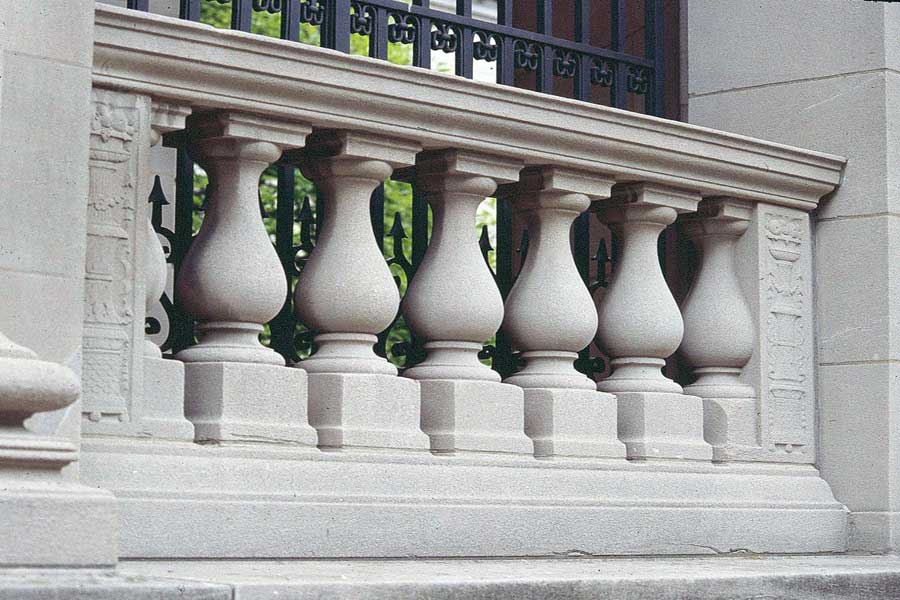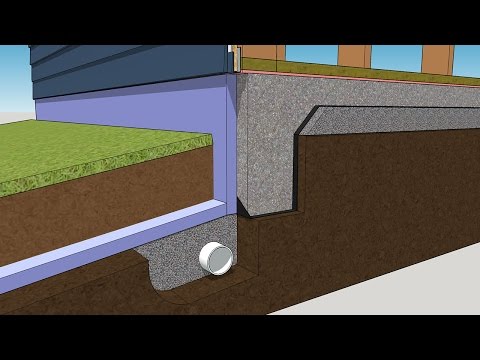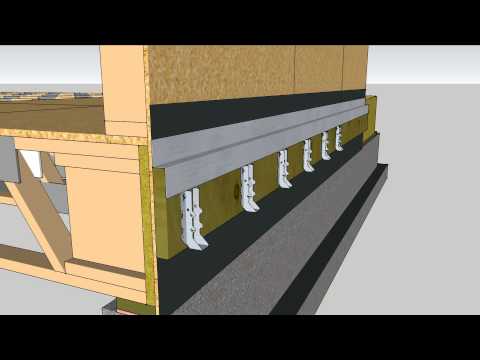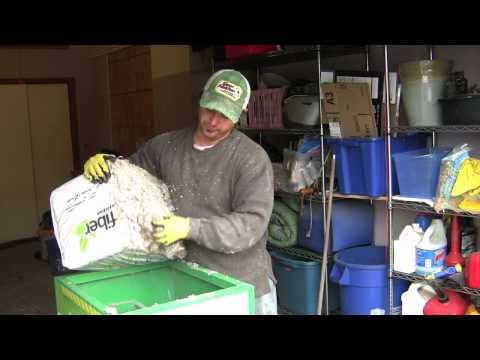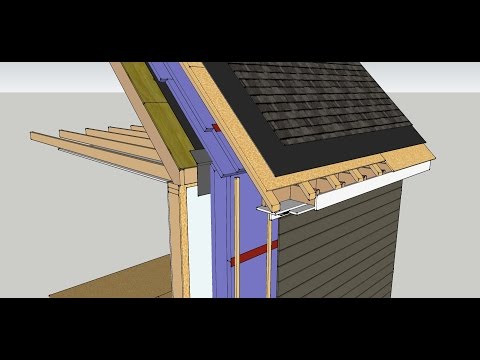A quick look at decorative sticks
Fun Fact 1: Stair Balusters are new
Even though they look like classic architectural elements, stairway balusters did not hit the scene until the Renaissance, in the 16th century.
Fun Fact 2: Stair Balusters are named after flowers
Balusters got their name because one type (above photo) looked like an unopened flower (below photo) and became known in Italy as a “balaustra” which means “pomegranate flower.”

Fun Fact 3: Stair Balusters have evolved
Back then, balusters were made out of marble or bronze, whereas today they’re usually wood or some kind of stone.
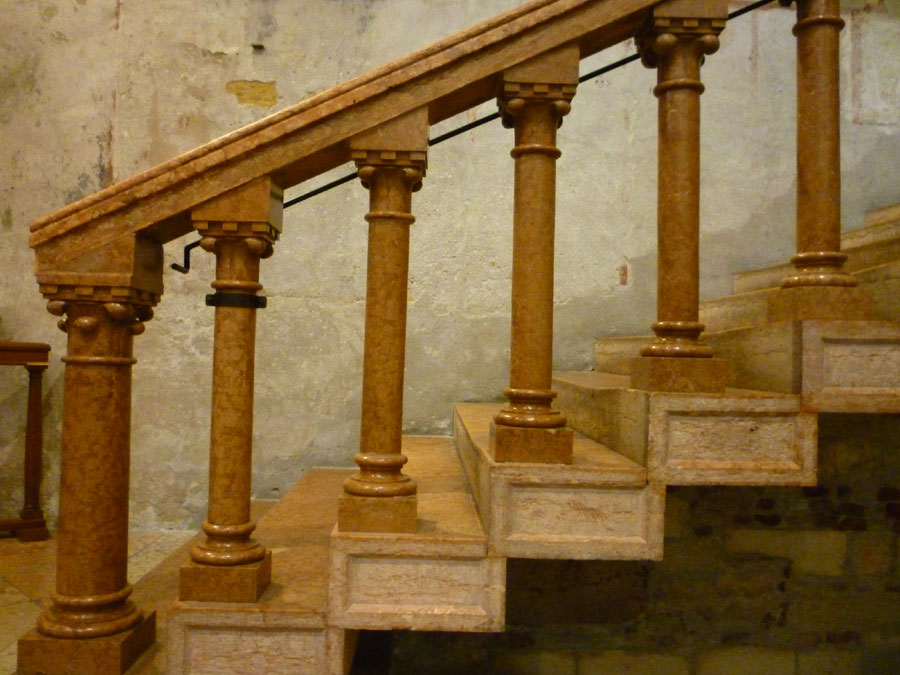
Balustrade in San Zeno, Verona by Whiteghost.ink, licensed under CC BY-SA 4.0 via Commons
Looking at a baluster is a great way of figuring out when a structure was built since their sizes and styles have changed so much over the years.
Fun Fact 4: Stair Balusters vary
Two common baluster installations today are tread-oriented and rail-oriented. In the first case, the balusters are placed corresponding to the tread. This makes the ornamental sections sit level to each other:
In a rail-oriented installation, the ornamentation is parallel to the handrail, which means the decorative areas are at a slope:
Some stairways have two balusters per tread, and some have three.
Either way is fine, but code (2012 IRC: R311.7 Stairways) mandates that balusters must be placed no more than 4” apart to prevent a young child’s head from becoming caught in the space.
Fun Fact 5: The choice is yours
For Professional Remodeler's 2015 Model Remodel, the homeowner chose a tread-oriented installation.
—Erika Taylor is the Editor of Professional Remodeler. This article is adapted from one originally appearing on Professional Remodeler's Model ReModel, which is part pictorial, part how-to journalism, and part reality TV for remodelers.
